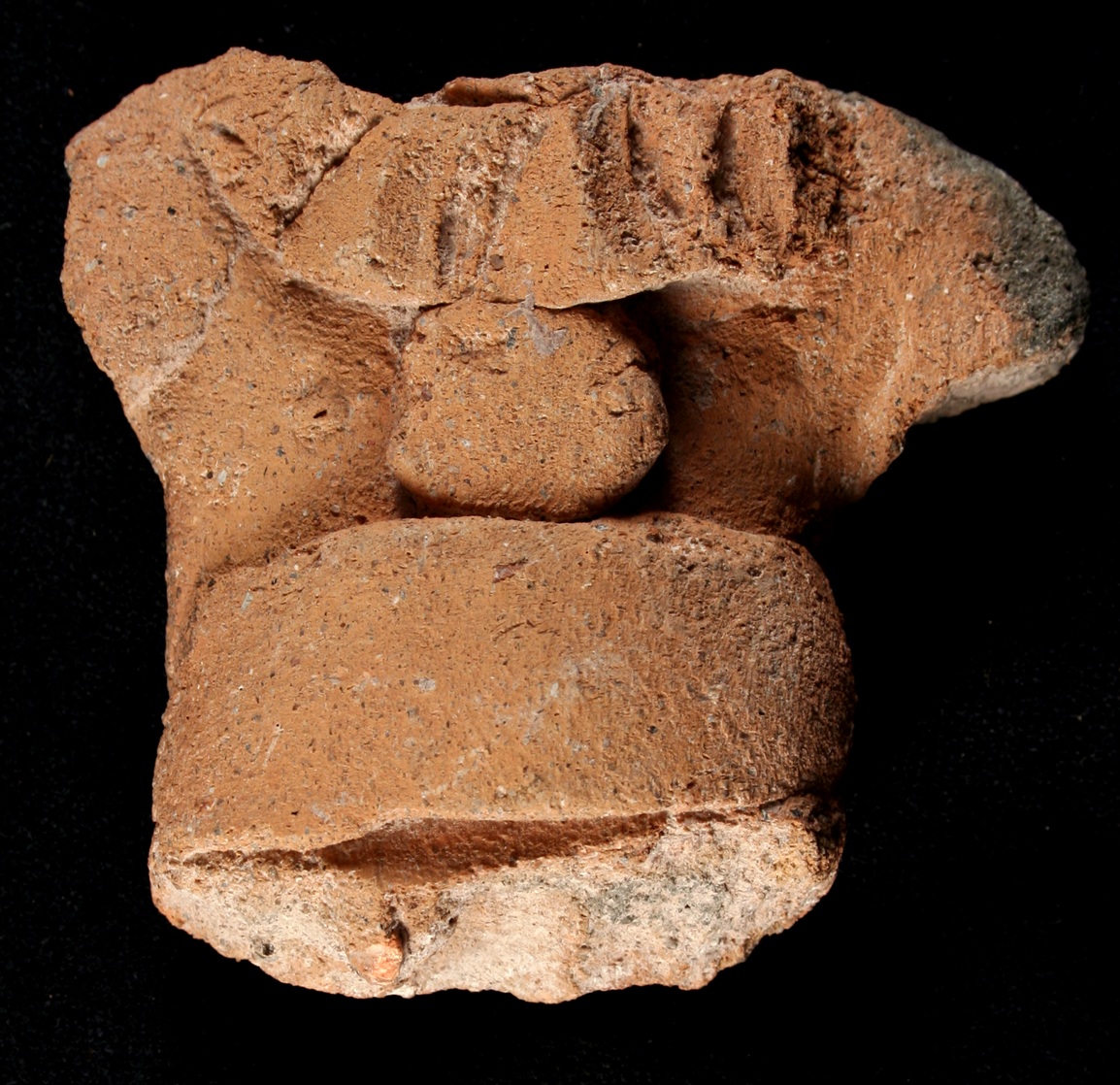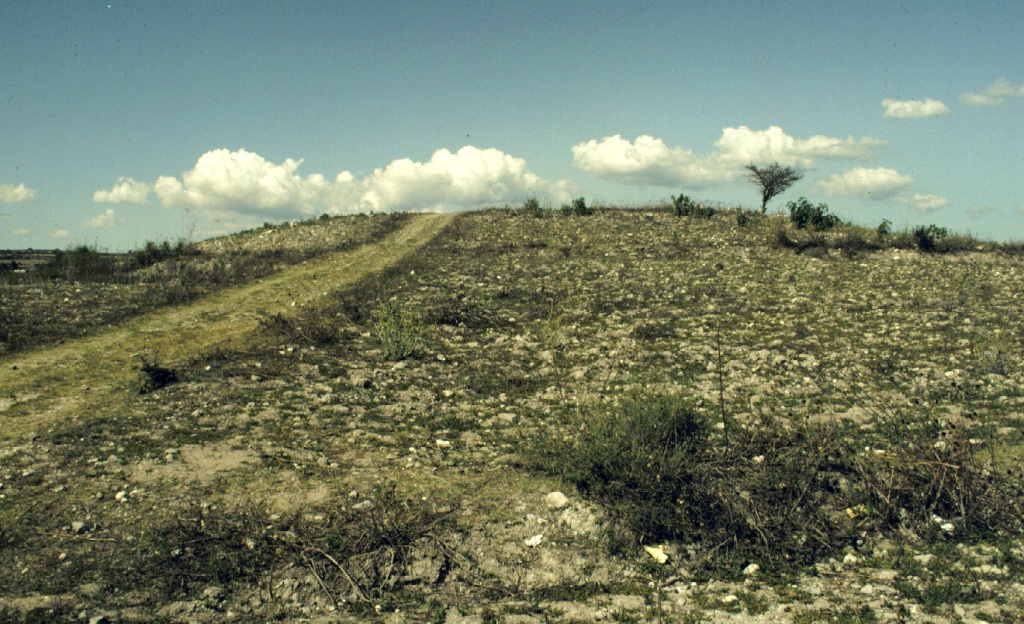Ballplayer Statue Suggests Sports Were Big in Ancient Mexico

Sports may have been all the rage for ancient Mesoamericans, scientists say after discovering a portion of a figurine of an athlete near Oaxaca, Mexico.
The figure indicates the activity known as "the ballgame" was even more widespread than thought in Mesoamerica, which extended from central Mexico to Belize, Guatemala, El Salvador, Honduras, Nicaragua and Costa Rica.
The partial figurine shows about 2 inches (5 centimeters) of a male ballplayer's chest. The head and legs have been broken off. It seems to be wearing a ballgame costume, including a wide belt covering the abdomen and an elaborate mirrored collar like those worn by other examples of ballplayers known from other areas of Mesoamerica.
"Because the ballgame is associated with the rise of complex societies, understanding its origins also illuminates the evolution of socio-politically complex societies," study author Jeffrey Blomster of the George Washington University said in a statement. "Exploring the origins and spread of the ballgame is central to understanding the development of the Mesoamerican civilization."

The Mesoamerican ballgame was played in large courts, and involved tossing or hitting a ball — usually with one's hips, though other body parts and even rackets may have been allowed — through a circular hole several feet up and sticking out from a vertical wall (think of a basketball hoop-rim turned on its side). It's been played since 1400 B.C. by people in ancient Mexico and Central America.
According to Blomster, the games and the costumes or uniforms worn by participants were tied to themes of life and death, mortals and underworld deities, or were symbols of the sun and moon. In some instances, the ballcourt itself represented a portal to the underworld. [Science Fact or Fantasy? 20 Imaginary Worlds]
Ballgame evidence from other areas of Mesoameria indicates that the ballgame developed during the Early Horizon period, sometime between 1700 B.C. and 1400 B.C. The area around the newly discovered figurine was dated using carbon isotopes (elements with a different number of neutrons) to between 1399 B.C. and 899 B.C.
Sign up for the Live Science daily newsletter now
Get the world’s most fascinating discoveries delivered straight to your inbox.
"We know there were earlier versions of a ballgame prior to the Early Horizon with both a ballcourt and rubber balls found in coastal Chiapas and the Gulf Coast, but the institutionalized version of the ballgame, a hallmark of Mesoamerican civilizations, developed during the Early Horizon," Blomster said.
For instance, a Mayan artifact shaped like a monkey skull that was reported in 2011 is thought to be a hand guard used for such a ballgame. This artifact, however, seemed to be for use in the afterlife, placed in a tomb between A.D. 250 and 600.
Before the discovery of the figurine remnant, researchers didn't think the ballgame had infiltrated these areas of Mexico inhabited by the Mixtec people during that time. "While there has been some limited evidence about the participation of the nearby Valley of Oaxaca [in southern Mexico] in the ballgame, the Mixteca has largely been written off in terms of involvement in the origins of complex society in ancient Mexico," Blomster said.
"This discovery re-emphasizes how the ancient Mixtecs were active participants in larger Mesoamerican phenomenon," he said.
The research is detailed in the May 7 issue of the journal Proceedings of the National Academy of Sciences.
You can follow LiveScience staff writer Jennifer Welsh on Twitter, on Google+ or on Facebook. Follow LiveScience for the latest in science news and discoveries on Twitter and on Facebook.
Jennifer Welsh is a Connecticut-based science writer and editor and a regular contributor to Live Science. She also has several years of bench work in cancer research and anti-viral drug discovery under her belt. She has previously written for Science News, VerywellHealth, The Scientist, Discover Magazine, WIRED Science, and Business Insider.










